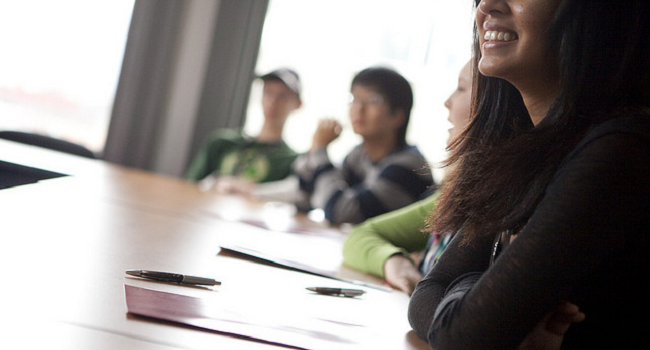This approach to teaching critical thinking (CT) makes use of the ‘descriptive-not-prescriptive’ principle I introduced in this article for Innovate My School. In other words: teach by showing them (the students) what they already do rather than telling them what they should be doing but aren’t. Though I will talk about philosophy sessions, as that is my background, the principles and procedure that you will find outlined here apply to any teaching context where the teaching of CT skills will be of value, whether maths, English or P.E.
Games have long been included in childhood educational techniques, as a means to enhance and expand upon more traditional methods. With the advancement of modern technology, the scope of educational gaming has increased to make room for additional platforms such as PCs, laptops, tablets and even mobile phones.
After enrolling on a mindfulness course, I embarked upon a personal journey into mindfulness and its benefits. It is something I felt so passionately about that I decided to bring mindfulness into the classroom. There are many definitions of mindfulness out there, but the one I choose to share with the children is “Mindfulness is paying attention to your life, here and now with kindness and curiosity” (www.mindfulnessfoundation.org).
One great part of receiving an education is exploring the world of fiction. James Harlan gives his five best examples for inspiring pupils to put pen to paper (or fingertips to keys…).

“An avenue for learning” – this is the primary offer of most schools. Yet, without bringing it to the fore, catalysing talents is actually another part of the package. The school environment has the immense potential to impact the development of its pupils’ talents, particularly, their gift at writing. The same analogy applies to us teachers.

The ancient game is an incredibly useful tool for teaching children about their own thinking. For a teacher, chess is one of the most remarkable tools for teaching students about Bloom’s taxonomy of cognitive skills.
1. Remembering: How the pieces move, how to set up a board, how many squares there are, what en passant means, how to castle, remembering the rules and etiquette of chess, remembering how to notate.
2. Understanding: How to best deploy pieces in the opening, how to anticipate an opponent’s moves, how to combine pieces to build an attack.

A community-driven platform for showcasing the latest innovations and voices in schools
Pioneer House
North Road
Ellesmere Port
CH65 1AD
United Kingdom